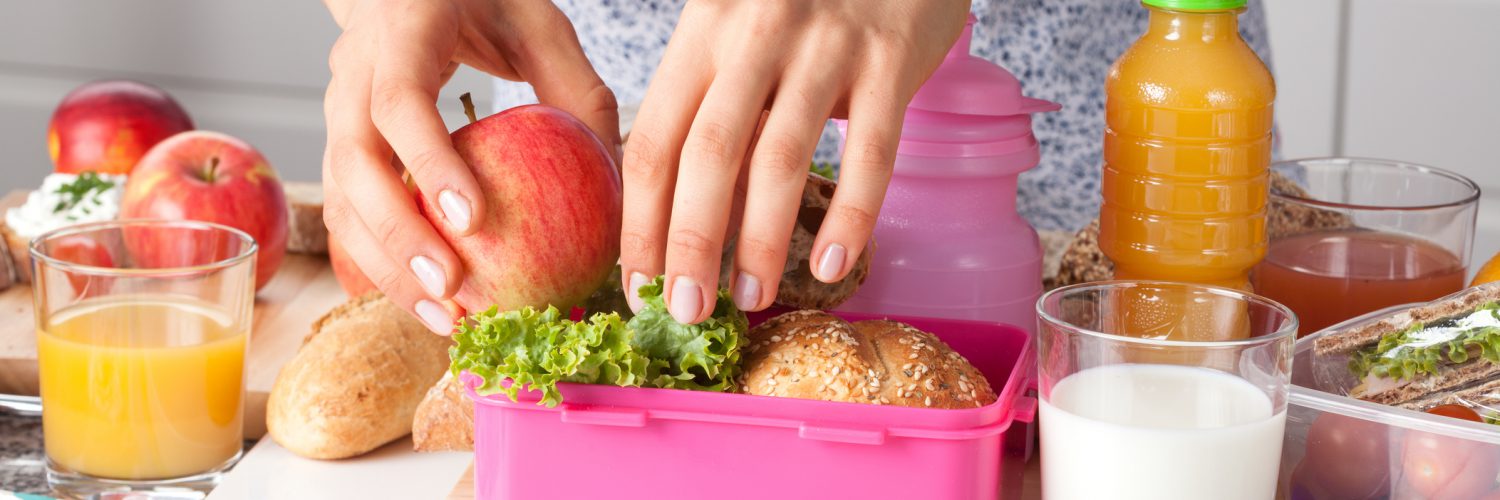Unfortunately, the food we eat to sustain and nourish ourselves and our families sometimes has the potential to make us sick. According to the Centers for Disease Control and Prevention (CDC), nearly 20 percent of people will get some form of food poisoning each year. If you’re unlucky enough to have been in this group, you know how awful that experience can be. In recognition of National Food Safety Education Month, now is a great time to brush up on a few easy ways to reduce your risk of contracting foodborne illnesses and continue to enjoy the foods you love:
Be smart about produce choices. Along with vitamins, minerals and other nutrients, fruits and vegetables can also carry germs that can make you sick. To prevent illness, make sure you carefully select produce that does not appear damaged or past its prime. Always wash your produce before eating it, and ensure any fruits or veggies you have peeled, cut or cooked are refrigerated in a container separate from other raw foods. For more tips, check out the CDC’s guide here.
Keep your refrigerator cold. While refrigerating foods is a great way to slow the growth of germs, it is only effective if your fridge is at the appropriate temperature. Check that your refrigerator is consistently at 40° F or below to keep food at its safest. The Partnership for Food Education offers some additional information here.
Pay attention to recalls. Despite manufacturers’ best efforts, sometimes food becomes contaminated before it ever hits store shelves. It’s important to stay on top of recalls to ensure you do not unintentionally ingest food that may make you sick. Grocery stores often post lists of current recalls, but you can also view recalls and sign up for alerts here.
Cook thoroughly. The safe minimum cooking temperatures for meat, poultry and seafood is not a suggestion – this is the temperature at which many germs will be effectively destroyed, ensuring your food is safe to eat. Make sure to use a properly working food thermometer to check your meat before serving. The U.S. Department of Health and Human Services offers a chart with specific guidelines here.
Pack it on ice. As kids head back to school, make sure lunches are packed appropriately to avoid germs finding a place to grow. Pack lunches in insulated bags or boxes with ice packs or keep refrigerated until lunchtime if possible. Here are a few more suggestions.
Use basic good hygiene. Whether you’re preparing food for yourself or a crowd, it is important to wash your hands before and after as well as between handling different types of foods (such as raw meat or produce). This will help minimize passing germs between items and onto the finished dish.
While it may not be possible to completely avoid food poisoning at some point in your life, following these simple steps can go a long way toward reducing your risk and ensuring you and your family can safely enjoy your food.



